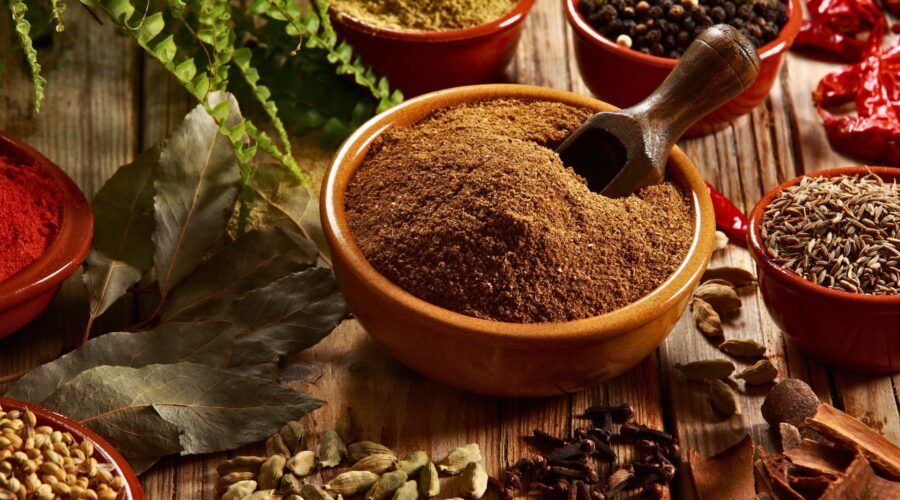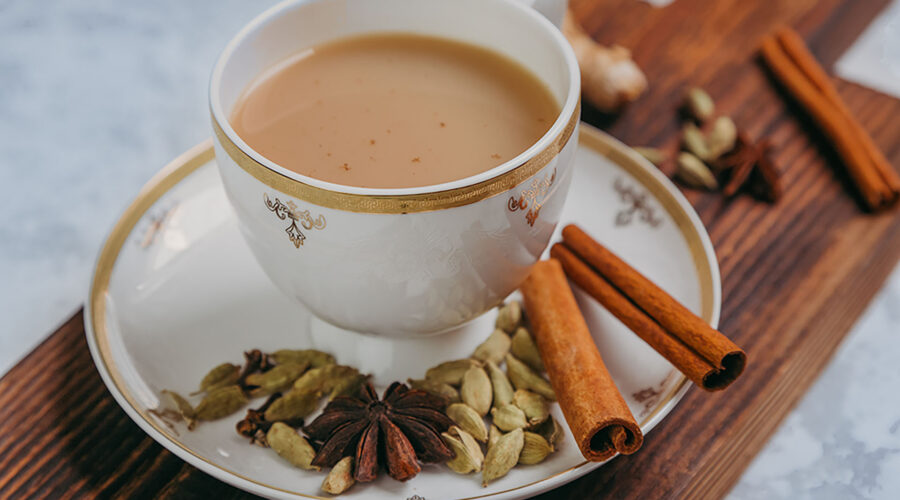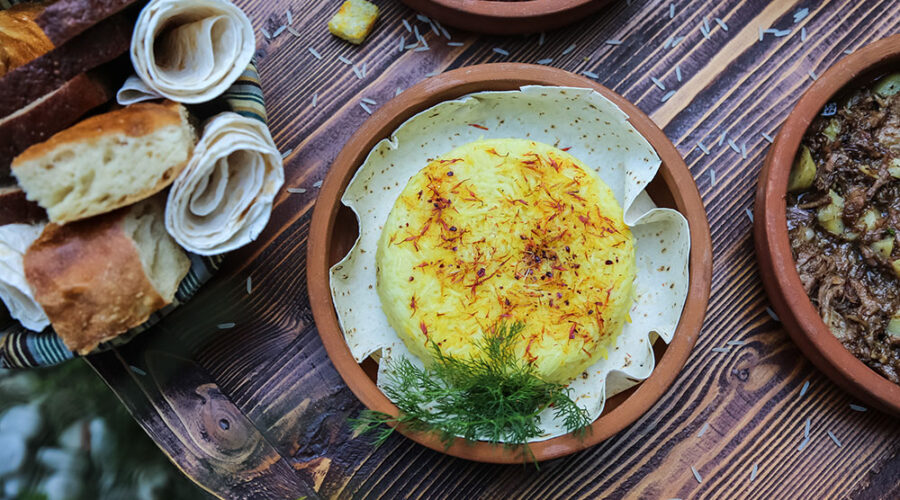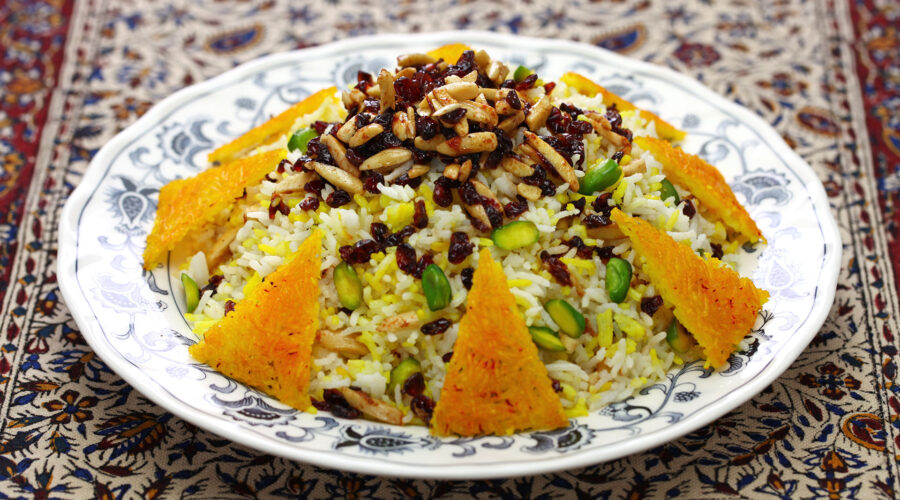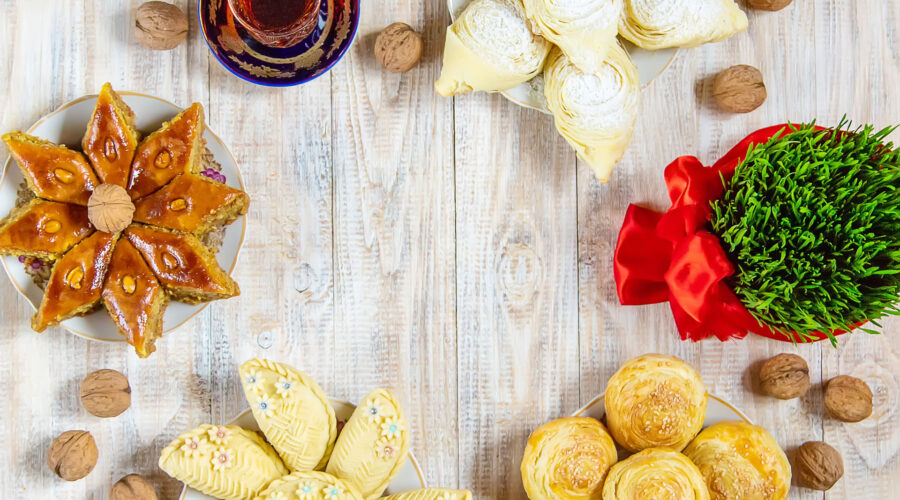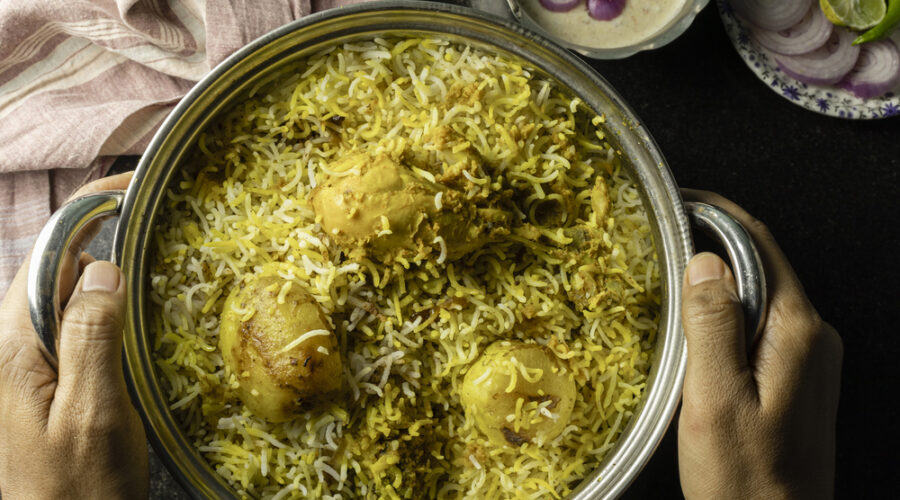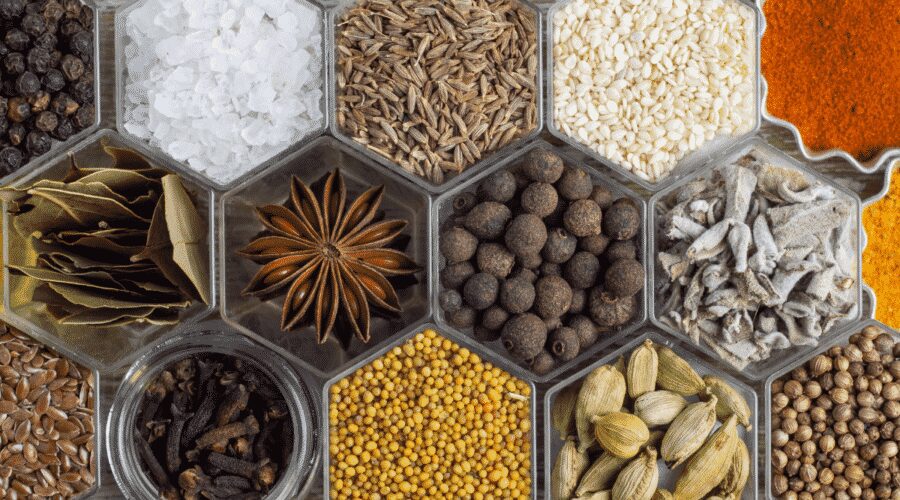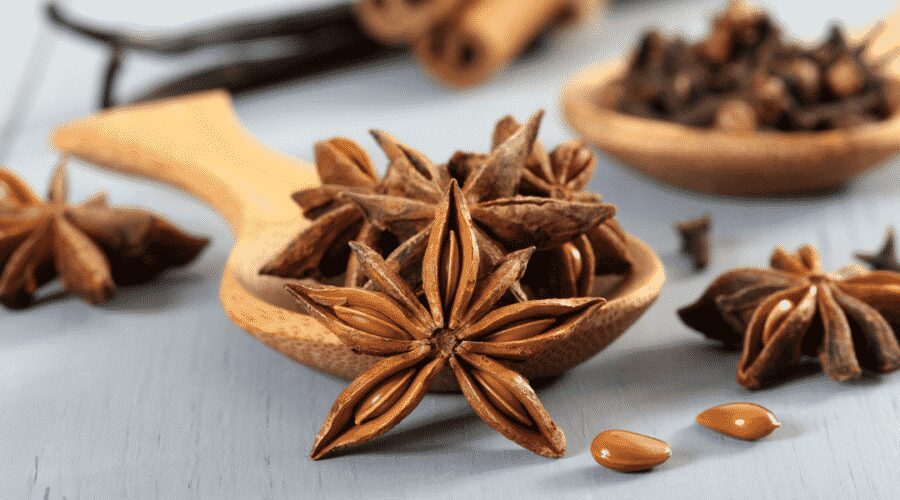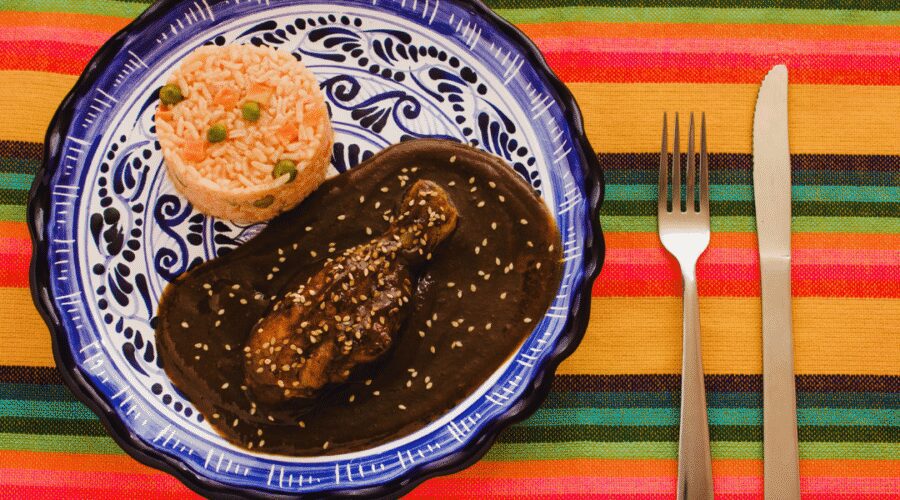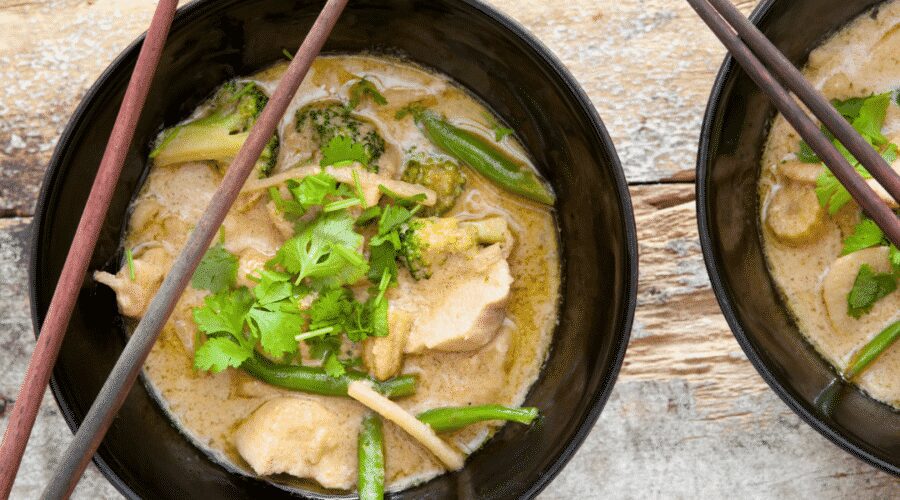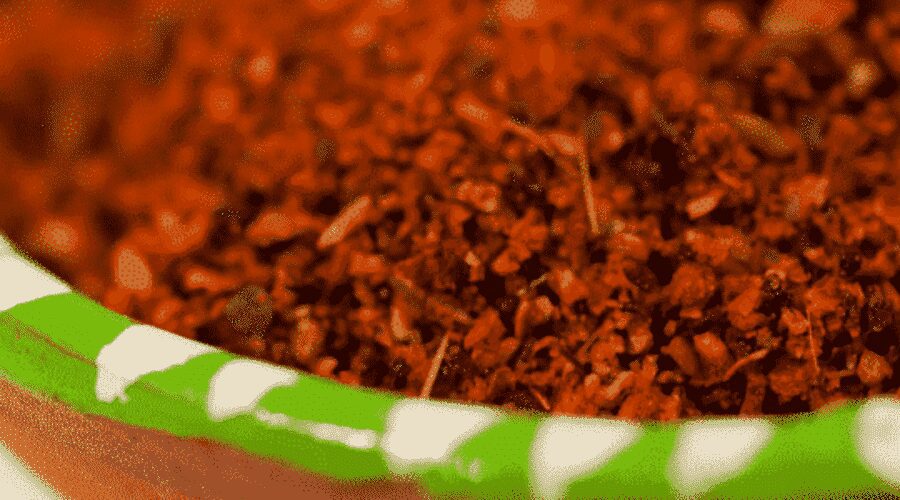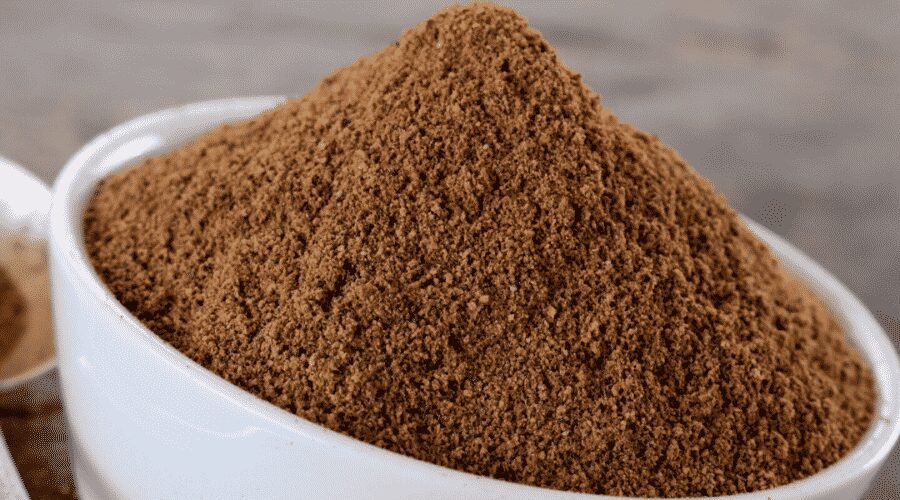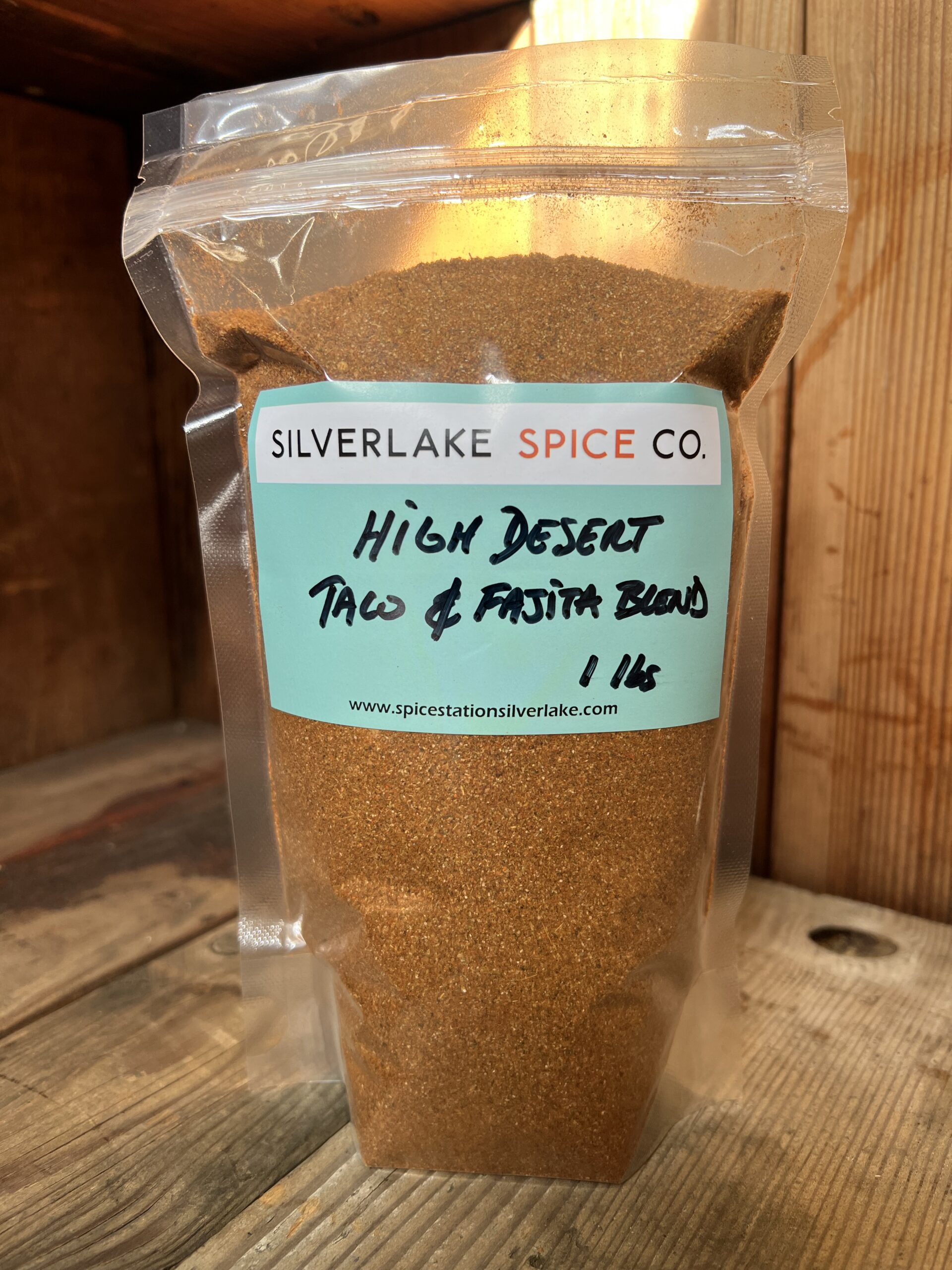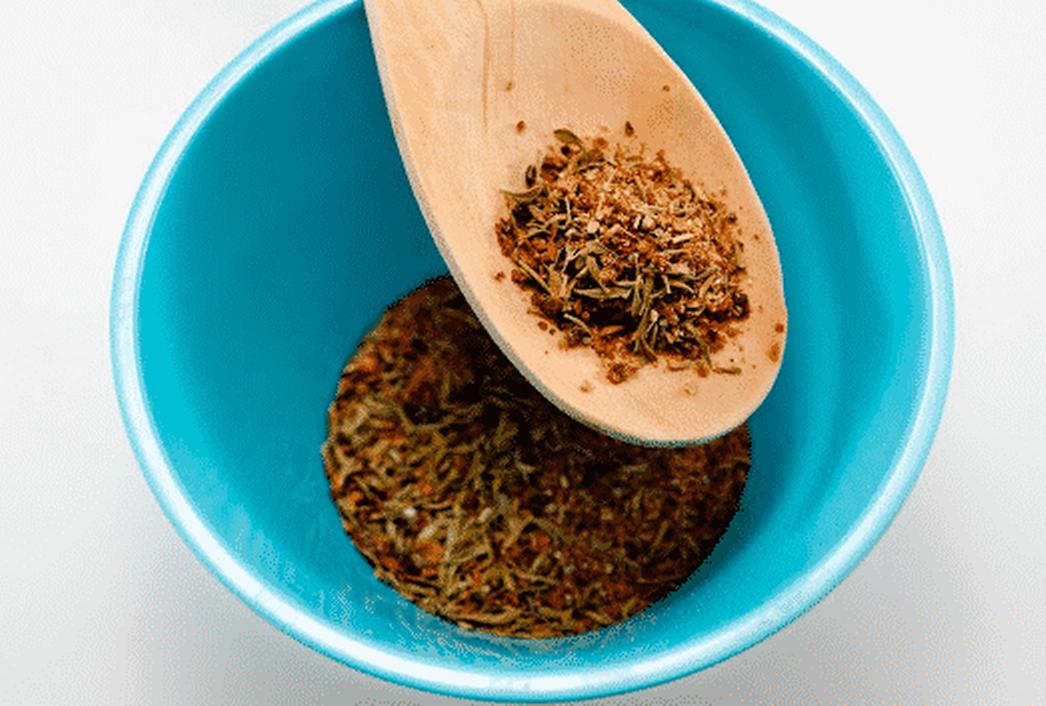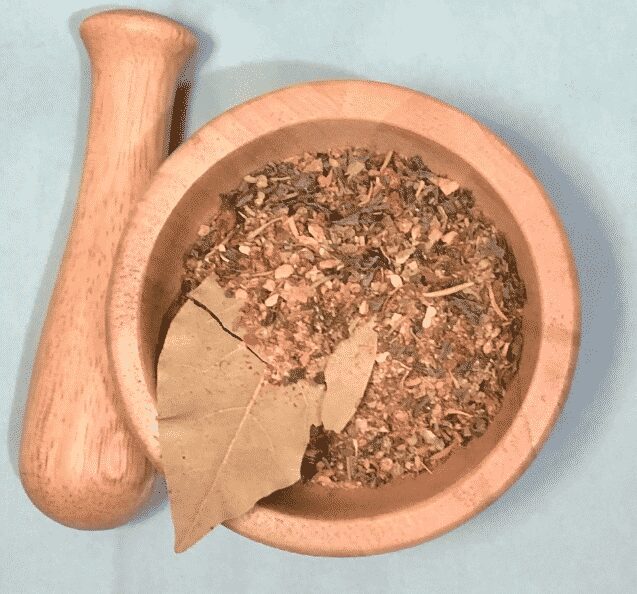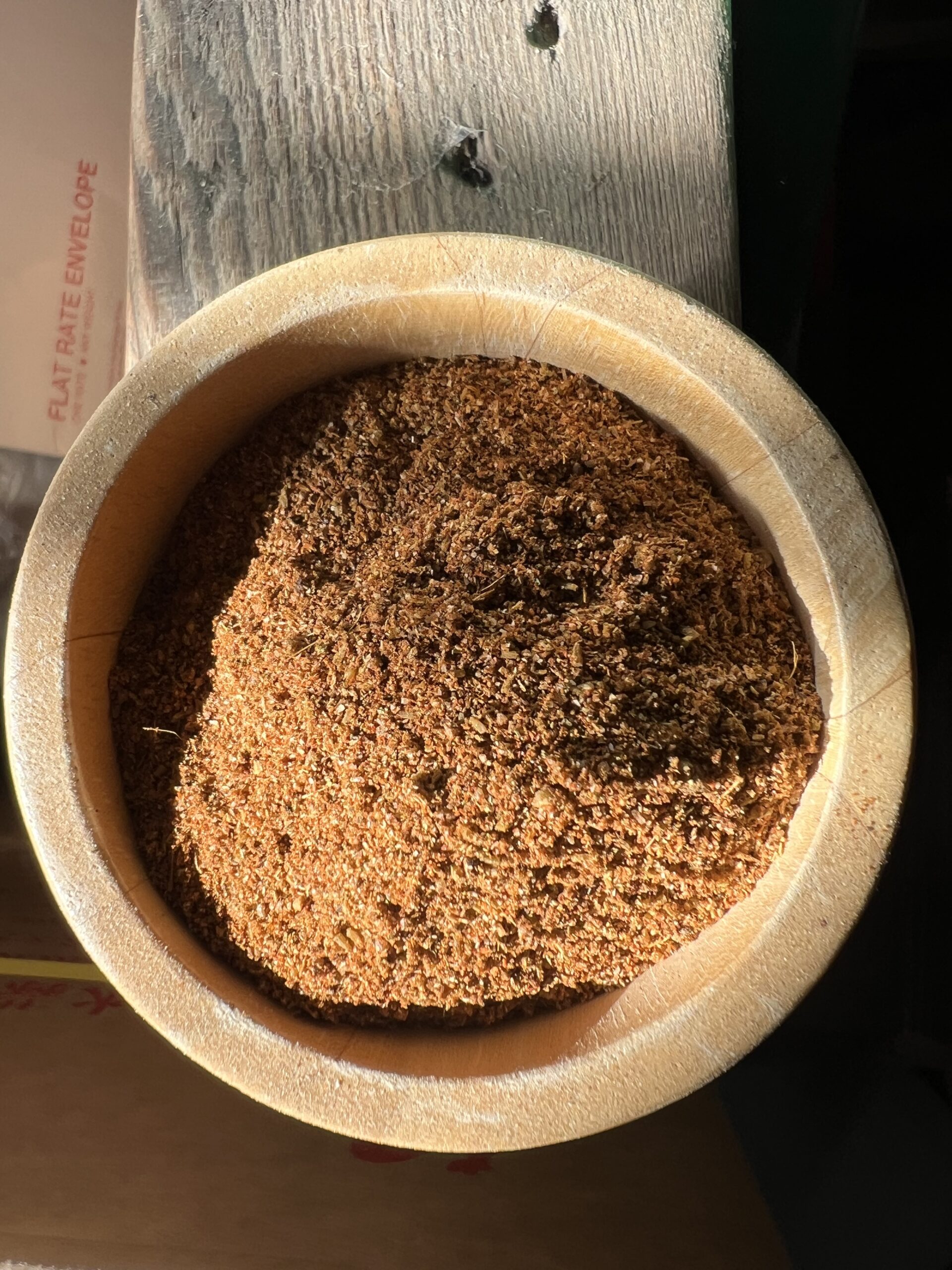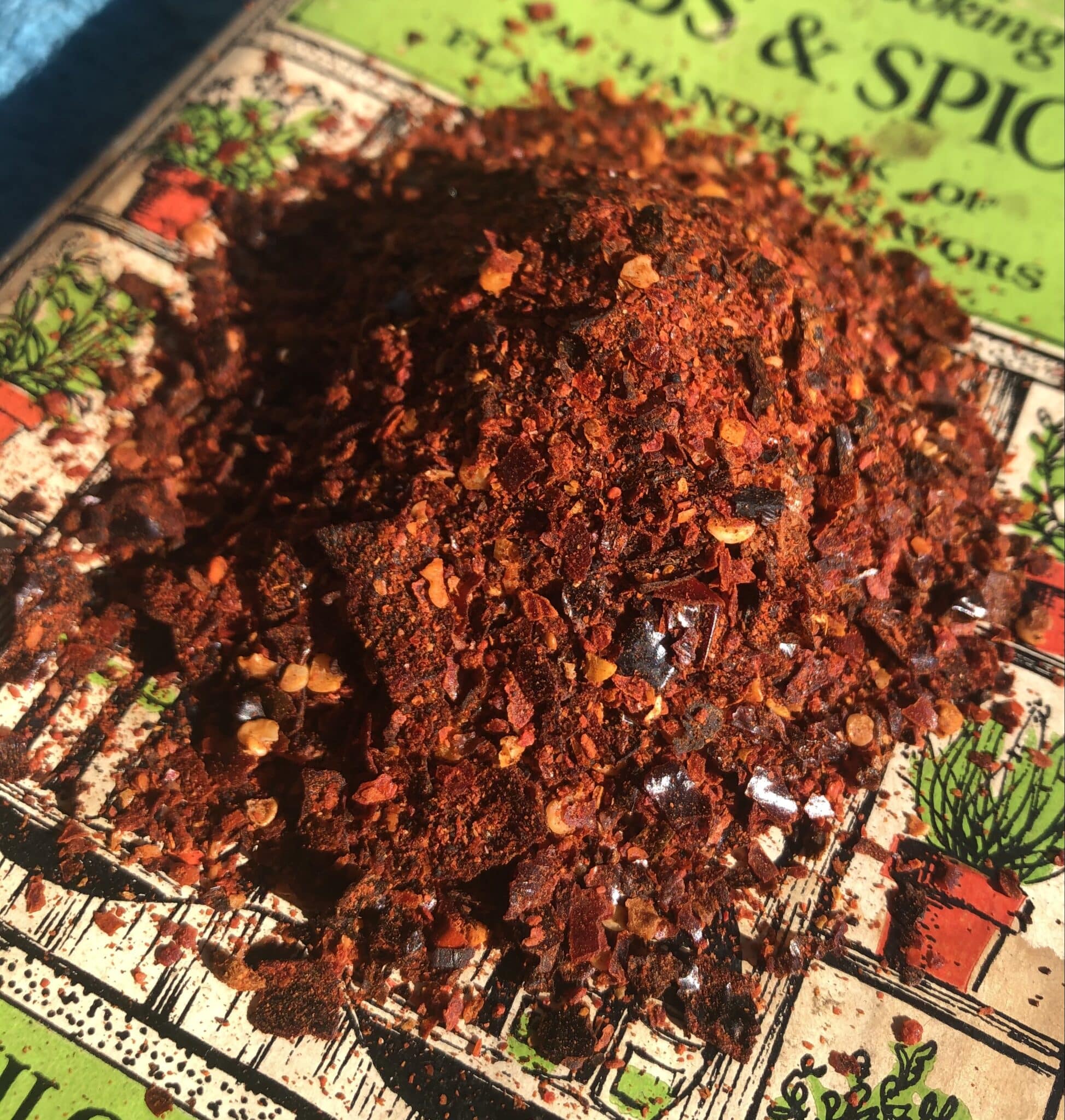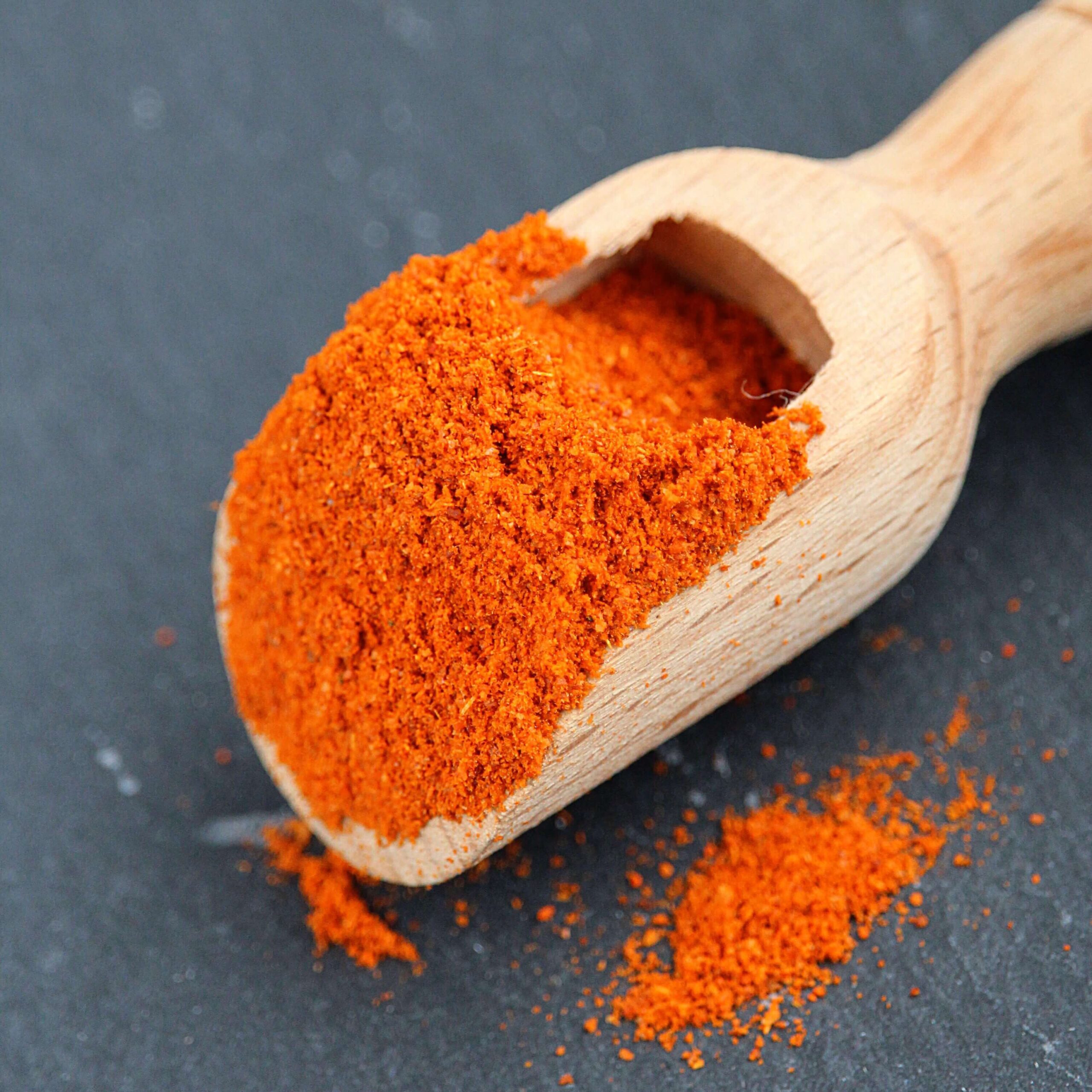Region
An Introduction to Masala Chai: India’s Spiced Tea
The spices utilized in Indian Masala Chai were historically employed in medicine, in line with the Hindu approach to balance utilizing diet, herbs, and yogic breathing. Eventually, chefs discovered that these same spices greatly enhanced both sweet and savory dishes.
All About Persian Steamed Rice With Saffron Tahdig
Rice, or “polow” as it’s called in Farsi, is the quintessential grain of Persian cuisine. . Persian chefs have perfected the art of cooking rice, resulting in a dish that is not only delicious but also beautiful to behold.
Zereshk Polo ba Morgh
Zereshk Polo ba Morgh, a traditional Persian dish, is a favorite party rice dish in Iran. This festive rice is layered with a mixture of red zereshk berries and golden fried onions, then garnished with almonds and/or pistachios.
Celebrating Nowruz, the Persian New Year, A How-To Guide
The Persian New Year is beloved for its elemental and seasonal nature. As it coincides with the arrival of spring, it serves as a literal marking of a new year, differentiating it from other celebrations that occur in the dead of winter.
Persian Cooking
Spices of Africa
Star Anise, the Beautiful Spice
Mole and it’s Ingredients
Secrets behind Thai Green Curry
Berbere, the Ethiopian Spice Blend
How can I Incorporate Garam Masala in my Cuisine?
Top Selling Blends
Anatolian Lamb Rub
$4.00
Harissa
$3.00

